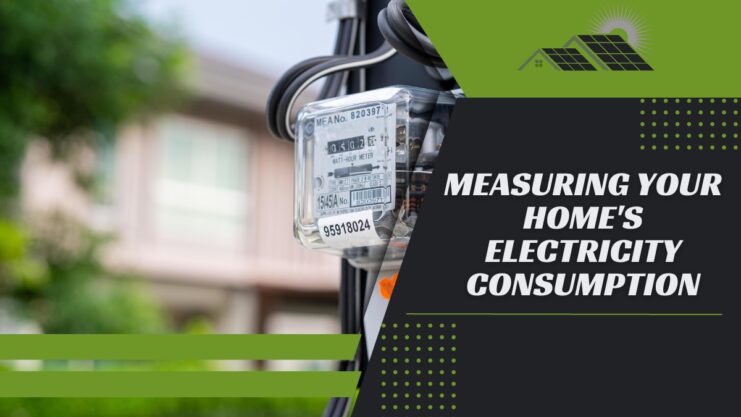Household electricity use can vary greatly depending on the size of the household, its geographic location, local climate, and individual lifestyle choices. The average household uses approximately 867 kWh per month or just over 28 kWh per day. However, this figure is a rough estimate and may include everything from running your television to keeping the refrigerator running.
To get an accurate picture of how much electricity your home consumes daily, you’ll need to break down individual appliances and look at their usage separately. It is also important to take note of differences in regional climate and how often certain appliances require energy for peak performance such as air conditioners or heaters during certain seasons of the year.
Understanding how much energy your home needs each day will help you understand your most energy-consuming appliances, budget for electricity costs accordingly, manage energy consumption wisely, and make educated decisions about cleaning up your power sources if needed.
Factors That Affect How Much Electricity a Home Uses

The amount of electricity used in a home can depend on a variety of factors. These factors can include the size of the home, the type of appliances and lighting used, and the people living in the home.
Let’s take a look at the different factors that can affect how much electricity a home uses on a daily basis.
1. Size of the Home
The size of a home is a significant factor in determining how much electricity it uses. Generally, larger homes require more energy to run appliances and heat or cool the building. The square footage of a house will be taken into consideration when measuring electricity usage in kilowatt-hours (kWh) per day.
Other factors such as the quality of materials used, type of insulation, age and maintenance can also influence electricity use in the home. Applications such as air conditioning (or lack thereof), number and quality of windows, utilization of ceiling fans, and usage of water-conserving shower heads and toilets all contribute to an increase or decrease in energy use by residents.
2. Number of Appliances

While all homes may not have the same number of appliances, there are certain appliances that are almost always present. The number and types of appliances in a home will affect the amount of electricity used on a daily basis.
Major appliances, like refrigerators and freezers, dishwashers, ovens, washers, dryers, air conditioners and heaters use significantly more electricity than other household items. Knowing the size and how often these appliances are used can give you an idea of how much electricity they’re consuming. It is generally accepted that larger apartments or homes with more people require more energy to operate all their appliances.
Smaller electric items also contribute to daily energy usage in a home such as microwaves, computers and televisions as well as any plug-in chargers associated with phones or tablets. It’s important to factor in all electrical devices in the home when estimating daily electricity usage. Even when some items are rarely used or not plugged in at the same time these small devices can add up fast!
Finally, depending on your location lights will generally represent 10-15% of total electric usage for a residence. When lighting is taken into account it can be helpful to switch to LED bulbs for greater efficiency or install motion sensors/timers for automated use of your lights. Taking simple steps like changing out bulbs can help you save money on electric costs while reducing your environmental impact at the same time!
3. Climate
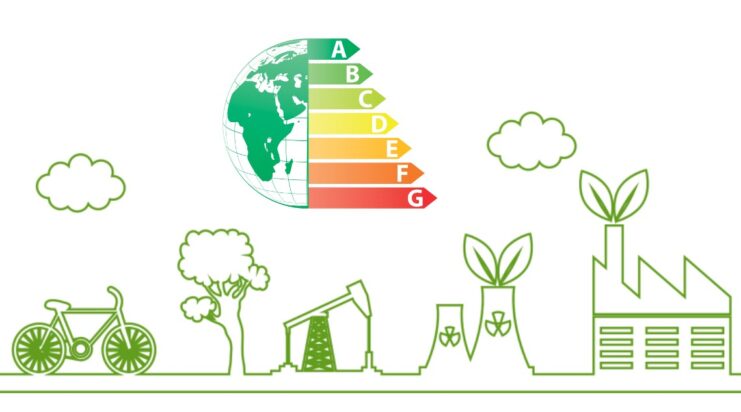
Climate plays an important role in how much energy a household uses on a daily basis. Hotter climates typically require more electricity to power additional cooling systems, such as air conditioners and ceiling fans. Colder climates tend to require more heating, as well as insulation, which can add up quickly.
Many people also use dehumidifiers to help regulate humidity levels, adding even more to the total cost of electricity. Additionally, weather patterns can affect climate-related behaviors like leaving lights on during the day or keeping windows open at night.
By taking into account both temperature and weather patterns in a given area, you can get a better idea of the type and amount of electricity usage associated with the climate impacts on your home.
4. Energy Efficiency

One of the best ways to reduce the amount of energy a home uses is to invest in energy-efficient products, systems, and appliances. This can include upgrading insulation, investing in energy-efficient light bulbs, installing efficient windows and weather stripping, switching to ENERGY STAR appliances and making the home itself more efficient. Additionally, smart practices like unplugging any electronics when not in use and knowing how to use natural light more effectively can contribute immensely to saving energy.
Other tips that can help with saving energy include washing laundry with cold water, sealing air leaks around doors and windows, having regular HVAC maintenance done on central heating and cooling systems, using compact fluorescent bulbs instead of incandescent ones (which are more expensive but save significantly more electricity over their life cycles), using programmable thermostats that automatically switch off when no one is home or during peak usage hours, replacing old inefficient refrigerators or freezers with new Energy Star models (which use half as much electricity as older models). Finally, an ENERGY STAR-certified home or building aerated faucet provides up to 30% savings on water heating costs.
Average Kwh Usage Per Day
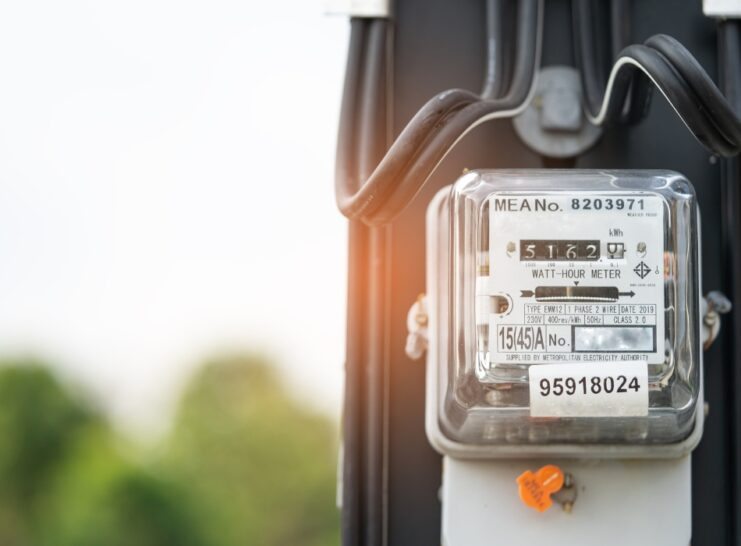
The average household in the United States uses around 908 kilowatt-hours (kWh) per day. This figure has increased since 2001 when the average was around 860 kWh per day. It is important to understand that each household’s daily usage is likely to differ depending on the number of occupants, type of heating and cooling system, appliances and electronics used, type of lighting and other factors.
There are five main electricity uses inside a home: space heating, water heating, air conditioning, lighting/appliances, and cooking.
Space heating accounted for 36 percent of a home’s electricity use in 2017 on average. Water heating accounted for 14 percent of a home’s electricity use in 2017 on average. Air conditioning accounted for 13 percent of a home’s electricity use in 2017 on average and refrigerators represented 13 percent of the energy used by an American residential customer in their home in 2018 and 2019 combined on average. Lighting/appliances and cooking each account for approximately eight percent of the energy used by American residential customers in their homes in 2018 and 2019 combined on average while entertainment devices including TVs accounted for around two percent over that same time period.
Finally, it is important to note that some appliances such as dehumidifiers or hot tubs may account for much higher usage than what would be averaged into the typical household overall daily kWh usage as outlined here — so depending upon your individual circumstances you may find yourselves using substantially more or considerably less than 908 kWh per day.
How to Reduce Kwh Usage
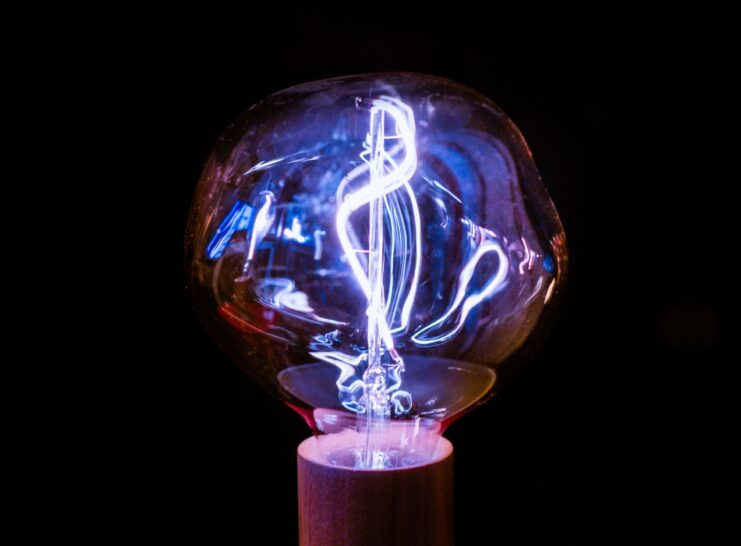
The average home uses roughly 20 to 40 kWh a day. With current energy prices, the costs can be incredibly high. To reduce your electricity bill and carbon footprint, it’s essential to reduce your kWh usage.
In this article, we will look at some of the methods that you can use to reduce your kWh usage and save on your electricity bill.
Install Smart Thermostats
Installing a smart thermostat may be one of the best and most cost-effective ways to reduce kWh usage. Smart thermostats allow you to control your home’s temperature more efficiently, by adjusting the temperature according to the time of day, servicing times and other user preferences.
The benefits of installing a smart thermostat include:
- Lower energy bills as you can more effectively maintain comfortable temperatures in your home while reducing energy costs
- Reduce kWh usage, as you’re less likely to leave cooling and heating appliances on for extended periods when not needed
- Increased comfort with better climate control for areas that are too humid
- Gain real-time insights including historical data so that you can take proactive measures around energy efficiency
- Easily use applications to adjust settings such as temperatures, fan speeds or air circulation from anywhere at any time
Install Solar Panels
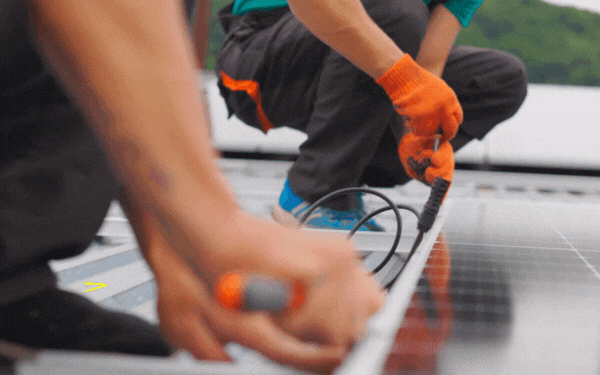
Installing solar panels on the roof of your home is an effective way to reduce your energy usage and cut down on your electricity bill. Solar power is an efficient, renewable, and abundant energy source that can be used to reduce your daily kWh usage.
With solar panels, you can generate solar electricity to power lights, appliances, and electronics in your home. They require minimal maintenance after installation and some systems include a monitoring system that provides real-time updates on your electricity generation.
Solar panel installation typically requires permits from local government agencies, so it is important to research local rules before beginning a project. Additionally, it helps to partner with a qualified contractor who is familiar with developing cost-effective solutions tailored to your home’s needs.
Installing solar panels is a great way to reduce your monthly kWh consumption and save money in the long run through sustainable and renewable energy solutions!
FAQs
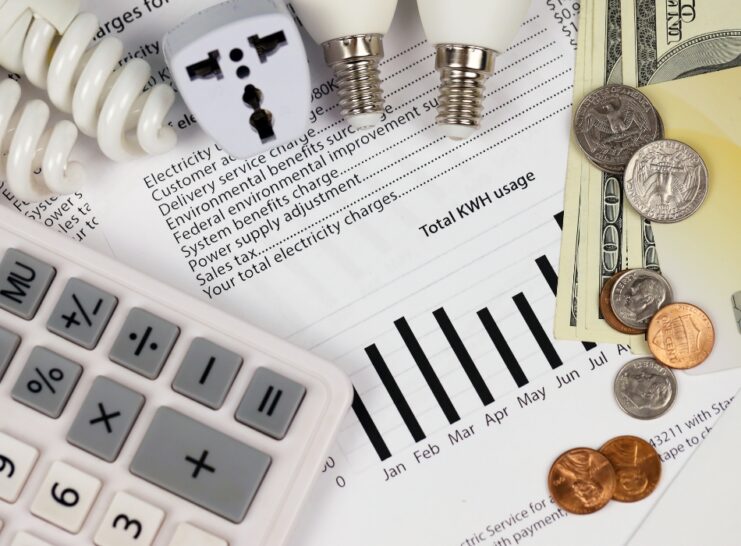
Q: How do I calculate how much kWh my house uses per day?
A: To calculate your house’s daily kWh usage, you need to check your electricity bill, which should provide the total number of kWh used during a certain period, typically a month. Divide that number by the number of days in that period to get your average daily usage.
Q: How much does it cost to use a certain number of kWh per day?
A: The cost of using a certain number of kWh per day varies depending on your electricity rate. To calculate the cost, multiply the number of kWh by your electricity rate (per kWh). For example, if your electricity rate is $0.12/kWh and you use 30 kWh per day, the daily cost would be $3.60.
Q: Why is it important to reduce kWh usage in a house?
A: Reducing kWh usage in a house can lower your electricity bill, save energy, and reduce your carbon footprint. It can also help improve the overall energy efficiency of your home, making it more comfortable and environmentally friendly.
Q: Are there any tools or devices that can help me monitor my home’s electricity usage?
A: Yes, there are various tools and devices available that can help you monitor your home’s electricity usage. For example, smart meters can provide real-time data on your electricity usage, while energy monitors can help you track how much energy you’re using and where it’s being used in your home. There are also smartphone apps that can provide you with information on your energy usage, as well as home automation systems that can help you control your energy usage.
Q: Can renewable energy sources like solar panels or wind turbines help to reduce a home’s electricity consumption?
A: Yes, renewable energy sources like solar panels and wind turbines can help to reduce a home’s electricity consumption. By generating electricity from renewable sources, homeowners can reduce their reliance on electricity from the grid, which in turn can help to lower their electricity bills. Additionally, some homeowners may be able to sell excess electricity generated from renewable sources back to the grid, further reducing their overall energy costs.
However, it’s important to note that the amount of electricity that can be generated from renewable sources may depend on factors such as weather conditions and the size of the renewable energy system.
Conclusion
The amount of electricity a house uses per day can vary greatly based on the size of the home, how many people live in it, and even the local climate. Heating and cooling costs account for a significant portion of a home’s total energy usage. Larger households tend to consume electricity at a faster rate than smaller households, but it is still important to understand how much electricity your household is using per day in order to properly manage your energy consumption and lower your bills.
By understanding basic principles of energy efficiency and utilizing technology such as power strips that automatically turn off devices when they’re not being used, you can easily lower your home’s state energy use overall.
Additionally, investing in energy-efficient appliances can drastically reduce energy costs over time. It is important to be aware of the appliances that are known to be particularly high-energy users and make sure you are running them efficiently to better minimize wasted electricity and save money in the long run.

